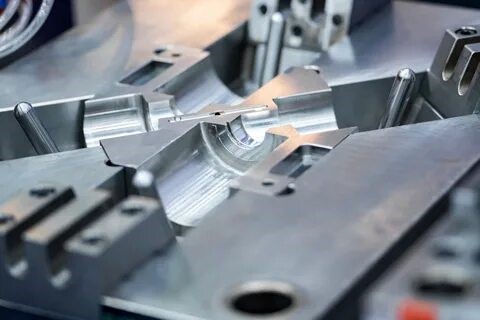The automotive sector is constantly evolving, seeking ways to increase productivity, reduce cost, and improve product quality. In this industry, one technology that has become indispensable is injection molding. Let us examine the main advantages of automotive injection molds in the automotive sector.

Cost-Effective Mass Production
When it comes to mass-producing vehicle parts, injection molding is revolutionary. It allows high-speed production as the parts can be made quickly and constantly once the mold is created. Since extra material is frequently recyclable, injection molding reduces waste. Because most of the process is automated, labor expenses are reduced. Moreover, the cost per unit decreases with increased production.
So vehicle manufacturers can use injection molding to swiftly and economically build thousands of similar dashboard components.
Consistency and Quality Control
In the production of automobiles, consistency is crucial, and injection molding provides:
Identical parts: Every component made from a single mold is virtually identical.
Precision: Extremely tight tolerances can be achieved in the design of molds.
Durability: Injection-molded components are robust and wear-resistant.
Material versatility: To attain the required qualities, a variety of polymers and polymer mixtures can be used.
This uniformity guarantees that components assemble precisely and function dependably over time.
Design Flexibility and Complexity
Complex designs that would be challenging or impossible to produce using conventional production techniques can be produced with injection molding:
Complex geometries: Parts with elaborate features and shapes can be produced using molds.
Integrated components: A single, molded element can be created by combining many parts.
Surface finishes: The mold can be made with a variety of textures and finishes.
Color options: To get a uniform color, pigments can be added to the plastic.
This adaptability is essential in contemporary automotive design, where functionality and aesthetics must go hand in hand.
Lightweight Material Options
In the automobile business, reducing weight is a top priority, and injection molding helps achieve this objective:
Lighter injection-molded plastic parts can be used in place of several heavier metal ones. At a fraction of the weight, sophisticated polymer mixes can provide strength comparable to metals. Moreover, injection molding can provide hollow interiors, further lowering weight.
All this results in lighter vehicles which consume less fuel, a key selling point for consumers.
Rapid Prototyping and Production
Injection molding speeds up the product development cycle when paired with contemporary prototyping methods like CNC machining. Manufacturers frequently use CNC machines to swiftly make prototype parts prior to creating an injection mold. Before committing to an injection mold, designers can test and develop their designs using these CNC prototypes.
After the design is complete, the injection molds themselves can be made using CNC equipment. New automobile designs are brought to market more quickly because of this efficient procedure from prototype to production.
Bottom Line
The automotive sector may profit greatly from automotive injection molding since this technology can be used for large manufacturing at a low cost while maintaining consistent quality, design flexibility, weight reduction, and quick prototyping. In conjunction with technology like CNC prototyping, it allows automotive manufacturers to innovate more quickly, streamline production processes, and design cars that satisfy the demands of contemporary consumers.